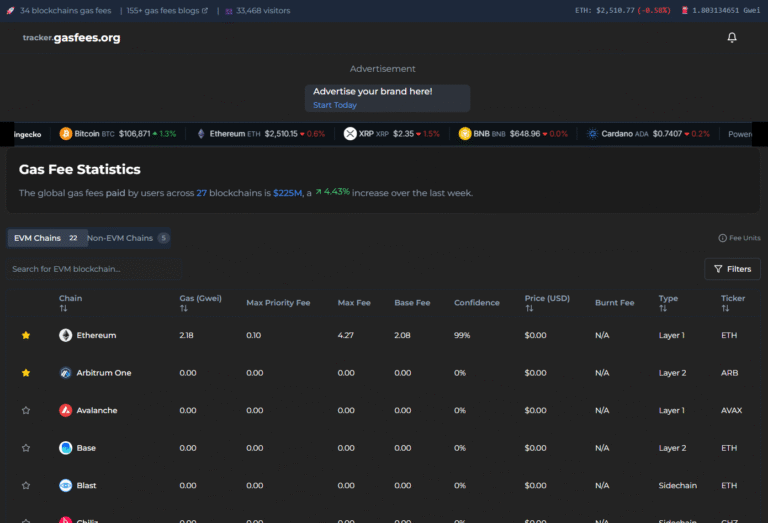Understanding Transaction Costs in the XRP Ledger
Dive into the world of the XRP Ledger and uncover how transaction costs are calculated, what factors influence fees, and how the network ensures affordability. Learn why XRP’s efficient fee model makes it a standout choice for fast and cost-effective transactions.
In the world of blockchain and cryptocurrencies, efficiency and security are paramount. The XRP Ledger, the underlying technology for the XRP cryptocurrency, has implemented a unique mechanism to ensure both: the transaction cost. Today, let’s dive into how this system works, why it’s crucial for the XRP Ledger’s operations, and what it means for users.
What is a Transaction Cost in XRP Ledger?
Unlike traditional transaction fees where money changes hands, in the XRP Ledger, every transaction requires the destruction of a minimal amount of XRP, referred to as the “transaction cost.” This isn’t a payment to someone; instead, these XRP are removed from circulation forever. The primary aim is to deter network spam and denial-of-service attacks.
The Basics:
- Minimum Cost: The current baseline for a transaction cost is set at 0.00001 XRP, or 10 drops (1 XRP = 1,000,000 drops). However, this amount can increase depending on the network’s load.
- Scalability: As network activity increases, so does the transaction cost, dynamically adjusting to maintain network performance.
- Transaction Prioritization: Transactions with higher costs get priority, which helps in managing network load efficiently.
The Basics:
- Minimum Cost: The current baseline for a transaction cost is set at 0.00001 XRP, or 10 drops (1 XRP = 1,000,000 drops). However, this amount can increase depending on the network’s load.
- Scalability: As network activity increases, so does the transaction cost, dynamically adjusting to maintain network performance.
- Transaction Prioritization: Transactions with higher costs get priority, which helps in managing network load efficiently.
Why Does It Matter?
- Spam Prevention: By making transactions cost something, it becomes economically unfeasible to spam the network.
- Network Health: This system helps in maintaining the ledger’s efficiency, ensuring that the network isn’t bogged down by excessive or malicious transactions.
- Economic Incentive: Users are encouraged to only send transactions that are necessary or carry a high enough value to justify the cost.
How Does Fee Setting Work?
- Automatic Fee Filling: Most tools and wallets will automatically set the fee for you, but this can lead to higher-than-necessary fees during peak times.
- Manual Control: Users can set their own fee, but they need to be aware of the network’s current load to ensure their transaction isn’t left pending or rejected.
- Fee Voting: The XRP Ledger allows validators to vote on fee settings, which means the transaction cost can evolve over time based on consensus among those operating the network.
Implications for Users:
- Failed Transactions: It’s important to note that even if a transaction fails, the transaction cost is still consumed. This ensures that the network resources used for processing are accounted for.
- High Load Times: During periods of high network activity, users might need to pay more to get their transactions processed promptly.
Crypto-Conditions and Higher Costs:
For some transactions, like those involving crypto-conditions (a way to create conditional payments), the cost might be higher due to the computational complexity involved in verifying these conditions.
Conclusion:
The transaction cost system in the XRP Ledger is a well-thought-out mechanism to keep the network running smoothly, securely, and efficiently.
For users, understanding this system means better management of transaction expectations and costs, especially during times of high network demand. As the XRP Ledger continues to evolve, so might its transaction cost model, adapting to the changing landscape of blockchain technology.
By implementing such a system, XRP Ledger not only protects itself from potential abuse but also sets an example for other blockchain networks on how to manage transaction loads and maintain operational integrity.
Whether you are a developer, investor, or just a casual user, grasping these concepts can significantly enhance your interaction with the XRP ecosystem.
Cryptotag Zeus
Protect your wallet backup with this virtually indestructible 6mm thick titanium backup system. With the new number punch system you can easily record your 12-,18-, or 24-word BIP39 recovery words that back up your crypto hardware wallet, and HODL in peace forever.





